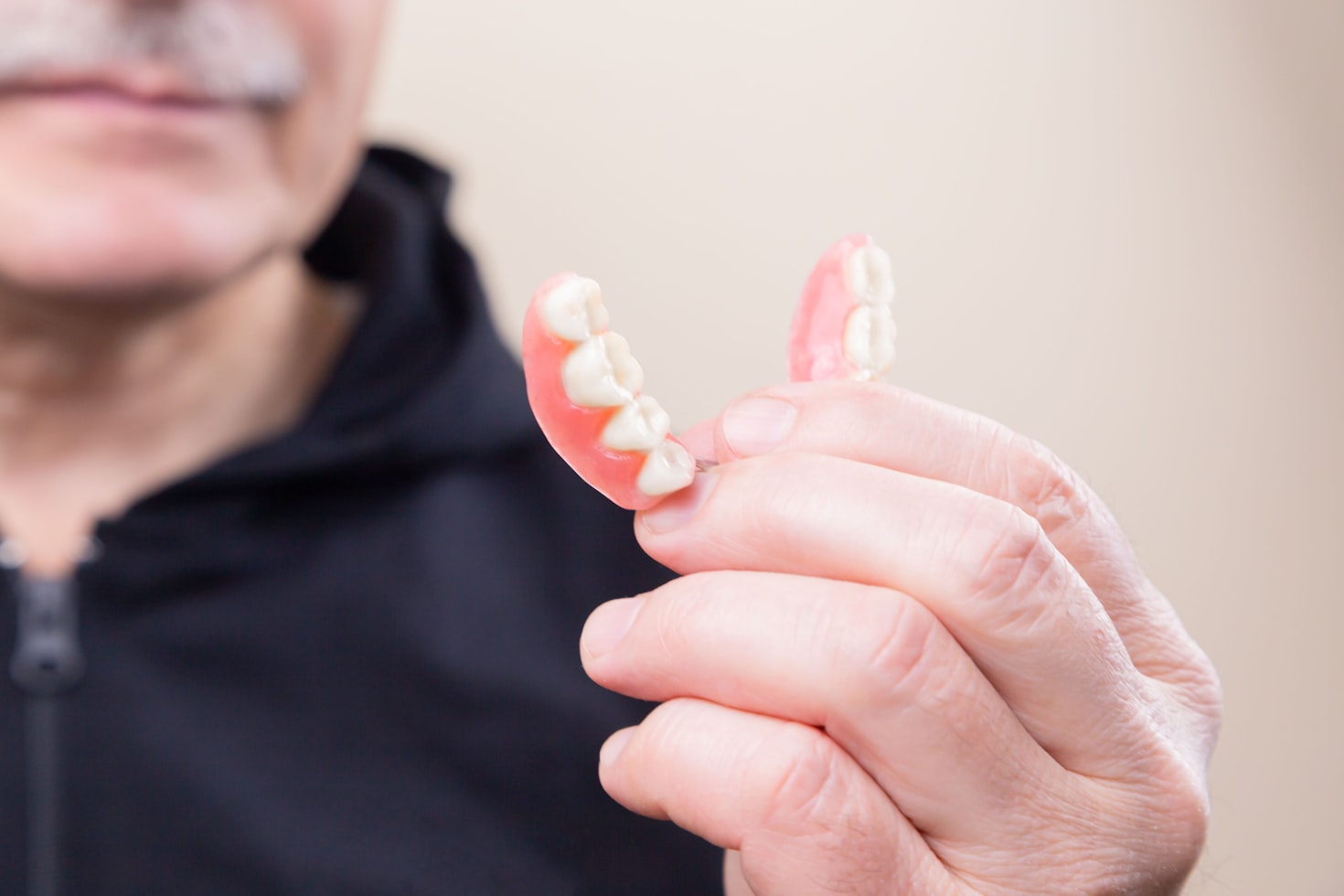Table of Contents
How To Fix A Loose Dental Bridge At Home
A dental bridge is a common dental restoration used to replace missing teeth. It consists of one or more artificial teeth, known as pontics, that are anchored to the adjacent natural teeth or dental implants. While dental bridges are designed to be durable and long-lasting, they can sometimes become loose or dislodged due to various reasons such as poor oral hygiene, trauma, or natural wear and tear.
If you have a loose dental bridge, it is important to address the issue promptly to prevent further damage and potential complications. While it is always recommended to seek professional dental care for any dental issues, there are a few temporary measures you can take at home to stabilize a loose dental bridge before visiting your dentist. In this article, we will explore some effective methods to fix a loose dental bridge at home.
1. Clean the Bridge and Surrounding Area
The first step in addressing a loose dental bridge is to ensure that the area is clean and free from any debris or bacteria. Use a soft-bristled toothbrush and a non-abrasive toothpaste to gently clean the bridge and the surrounding teeth. Pay extra attention to the area where the bridge meets the natural teeth, as this is where plaque and bacteria tend to accumulate.
2. Use Dental Adhesive
Dental adhesive, also known as denture adhesive, can be used as a temporary solution to hold a loose dental bridge in place. Apply a small amount of dental adhesive to the inner surface of the bridge and carefully reposition it onto the natural teeth. Bite down gently to ensure a secure fit. Dental adhesive can provide temporary stability until you can see your dentist for a permanent solution.
3. Rinse with Saltwater
Rinsing your mouth with saltwater can help reduce inflammation and provide temporary relief if your dental bridge is causing discomfort. Dissolve half a teaspoon of salt in a glass of warm water and swish the solution around your mouth for about 30 seconds. Spit out the saltwater and repeat a few times a day as needed.
4. Avoid Sticky or Hard Foods
When you have a loose dental bridge, it is important to avoid eating sticky or hard foods that can further dislodge or damage the bridge. Stick to softer foods that require less chewing until you can see your dentist. This will help prevent any additional stress on the bridge and minimize the risk of further complications.
5. Schedule an Appointment with Your Dentist
While these home remedies can provide temporary relief, it is crucial to schedule an appointment with your dentist as soon as possible. Your dentist will be able to assess the cause of the loose dental bridge and recommend the most appropriate treatment. They may need to re-cement the bridge, adjust the fit, or consider other options such as a new bridge or dental implant.
6. Practice Good Oral Hygiene
Prevention is always better than cure, and maintaining good oral hygiene is key to preventing dental issues, including loose dental bridges. Brush your teeth at least twice a day with a soft-bristled toothbrush and fluoride toothpaste. Floss daily to remove plaque and debris from between your teeth and around the dental bridge. Regular dental check-ups and professional cleanings are also essential to ensure the longevity of your dental bridge.
Frequently Asked Questions (FAQ)
1. Can I fix a loose dental bridge at home permanently?
No, fixing a loose dental bridge at home is a temporary solution. It is important to visit your dentist for a permanent fix to prevent further damage and ensure the longevity of your dental bridge.
2. How long can I rely on dental adhesive to hold my loose dental bridge?
Dental adhesive can provide temporary stability for a loose dental bridge. However, it is not a long-term solution. It is recommended to see your dentist as soon as possible to address the issue properly.
3. What are the common causes of a loose dental bridge?
A loose dental bridge can be caused by various factors, including poor oral hygiene, trauma or injury, natural wear and tear, or underlying dental issues such as tooth decay or gum disease.
4. Can a loose dental bridge cause pain or discomfort?
Yes, a loose dental bridge can cause pain or discomfort, especially when chewing or biting down. It is important to seek dental care promptly to address the issue and alleviate any discomfort.
5. How much does it cost to fix a loose dental bridge?
The cost of fixing a loose dental bridge can vary depending on the cause of the issue and the necessary treatment. It is best to consult with your dentist to determine the specific cost based on your individual case.
6. Can a loose dental bridge be prevented?
While some factors contributing to a loose dental bridge may be unavoidable, practicing good oral hygiene, avoiding excessive force on the bridge, and visiting your dentist regularly for check-ups can help prevent or minimize the risk of a loose dental bridge.
Summary
A loose dental bridge can be a cause for concern, but there are temporary measures you can take at home to stabilize it until you can see your dentist. Cleaning the bridge and surrounding area, using dental adhesive, rinsing with saltwater, avoiding sticky or hard foods, and practicing good oral hygiene are some effective ways to address a loose dental bridge at home. However, it is important to schedule an appointment with your dentist as soon as possible for a permanent solution. Remember, prevention is key, so maintaining good oral hygiene and regular dental check-ups are essential to prevent dental issues, including loose dental bridges.


